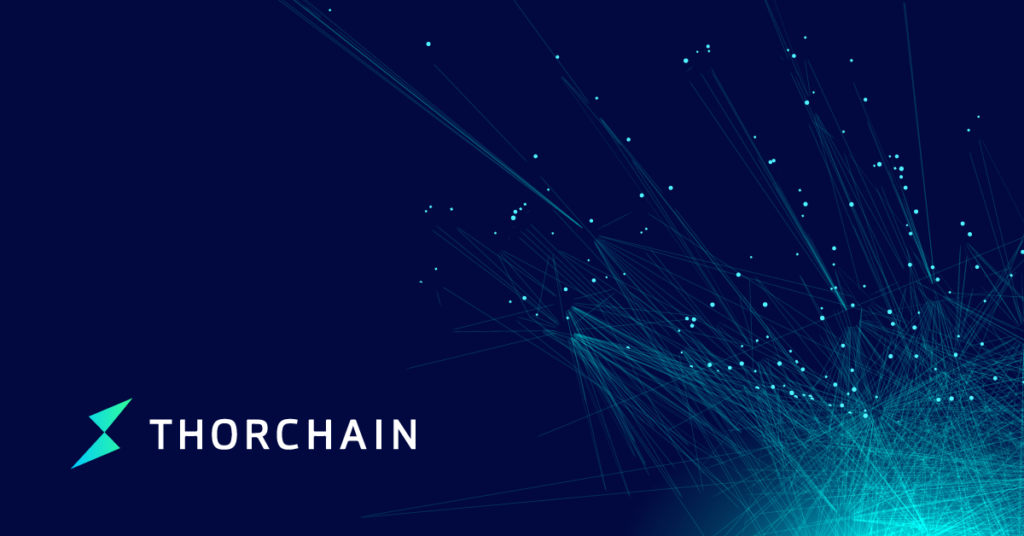Thorchain Decentralized Exchange Faces Insolvency Crisis, Announces Restructuring Plan

Thorchain, a prominent player in the decentralized finance (DeFi) space, has encountered a significant challenge by declaring itself insolvent, casting a spotlight on the risks associated with leveraged positions within DeFi protocols. The platform's validators have decided to pause operations to contemplate and vote on a restructuring plan that could redefine its future.
The crisis at Thorchain has been simmering beneath the surface, attributed to a complex web of lending liabilities and saver positions that have ballooned to unsustainable levels. At the heart of the issue are Thorchain's liabilities, which include approximately $97 million in lending obligations, alongside $102 million worth of saver and synthetic asset positions, all denominated in Bitcoin and Ethereum. Against these liabilities, Thorchain holds about $107 million in exogenous liquidity within its liquidity pools - a figure that could dwindle rapidly if liquidity providers or RUNE holders decide to pull out during a panic.
This precarious financial situation has been exacerbated by the protocol's design, which involves minting and selling RUNE to meet lending obligations, thereby increasing its debt when the market takes a dip. A recent attempt to repay $4 million in RUNE liabilities inadvertently led to an increase in the protocol's debt, showcasing the inherent risks of the leveraged design.
Thorchain's Path Forward
The proposed restructuring plan, likened to a Chapter 11 bankruptcy, aims to protect the network's value and align all stakeholders towards a common goal of growth and recovery. The plan suggests freezing all lending and saver positions indefinitely, taking a snapshot of the current debt to tokenize these claims. This tokenization would open up a new module, the 'Unwind Module', which would automatically receive 10% of Thorchain's system income to manage and potentially repay these obligations. Additionally, a buyer-determined auction would be instituted where holders of these tokenized debts could sell their claims, with any sale resulting in the burning of the claim, thus reducing the total debt.
The complexity of Thorchain's operations has been acknowledged, with only a select few fully understanding the interplay between leverage and liquidity. The current crisis has underscored the necessity for Thorchain to return to its foundational principles to rebuild trust and attract smart capital back into the ecosystem. Without these changes, Thorchain risks becoming a liquidation magnet, a common fate among DeFi platforms with publicly known large debts.
The @THORChain situation...
— Erik Voorhees (@ErikVoorhees) January 24, 2025
- Node operators voted this evening to pause Lending and Savers withdrawals. Deposits had been turned off a year ago as the community became increasingly concerned with the risk.
- Remaining debts and collateral positions from Lending and Savers are…
Erik Voorhees, commenting on the Thorchain situation, notes that node operators have voted to pause withdrawals from Lending and Savers programs. The debts and collateral from these programs are now frozen, and the community is tasked with finding a resolution path for Thorchain. He acknowledges that the experimental additions of Lending and Savers to Thorchain were risky and ultimately failed, posing a significant risk to the protocol's stability.
This restructuring initiative, if approved, could offer Thorchain a lifeline, preserving not just the network's value but also its potential to generate significant revenue, having already accrued over $30 million in fees last year. The plan's success hinges on the community's willingness to rally around the network's recovery, prioritizing liquidity providers and focusing on sustainable growth.

